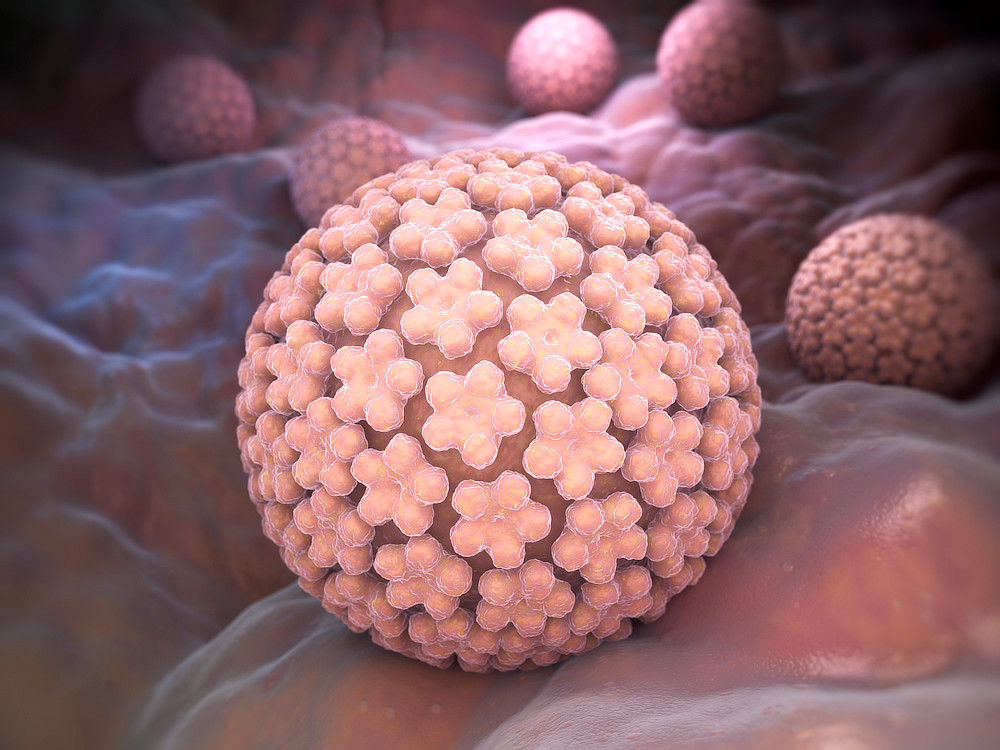Human papillomavirus (HPV)
What is HPV?
HPV (the human papillomavirus) is a common group of viruses. Over 100 different types of HPV have been identified and each is known by a number. HPV affects the skin and the mucosa (the moist membranes that line parts of the body, such as the insides the mouth, throat and anus). Some types of HPV are known to increase the risk of developing particular types of cancer (such as cervical cancer) and are known as high-risk HPVs. The types most often associated with cancer are types 16 and 18. High-risk HPVs can lead to abnormal changes in the cells, which is sometimes called dysplasia. Although dysplasia is not cancer, it is sometimes described as being pre-cancerous.
Other types of HPV can cause warts and verrucas. These may appear on different parts of the body, but are more commonly seen on the hands and feet, in the genital area, and around the anus. The types of HPV that cause visible warts and verrucas are less clearly linked with cell changes that can increase the risk of cancer. They are known as low-risk HPVs.
This information is about the high-risk HPV types that increase the risk of developing cancer.
How HPV is spread
Over 10 different types of high-risk HPV can be passed from one person to another. HPV is spread through skin contact, often during sex. Exactly how a person gets the virus is often uncertain; and it is not always possible to find a sexual explanation. It is thought that there may be other ways of spreading the virus that have not yet been identified.
HPV can affect both men and women and because the virus is very common, most people who are sexually active will have HPV at some time during their life. Many people don't have any symptoms and are unaware that they have HPV. The virus may be inactive for weeks, months, and – for some people – possibly even years after infection. The body's immune system is usually able to get rid of an HPV infection and many infections come and go without causing any problems.
Although HPV can increase the risk of developing some types of cancer, most people who have HPV will not develop cancer.
Preventing HPV infection
If you are sexually active it may be difficult to avoid becoming infected with HPV. As most high-risk HPVs do not cause symptoms, it can be impossible to tell if your partner is infected. Condoms and other barrier methods of contraception can help to reduce the risk of becoming infected but they do not cover all of the skin and are therefore not completely effective. HPV vaccination is another preventive measure.

